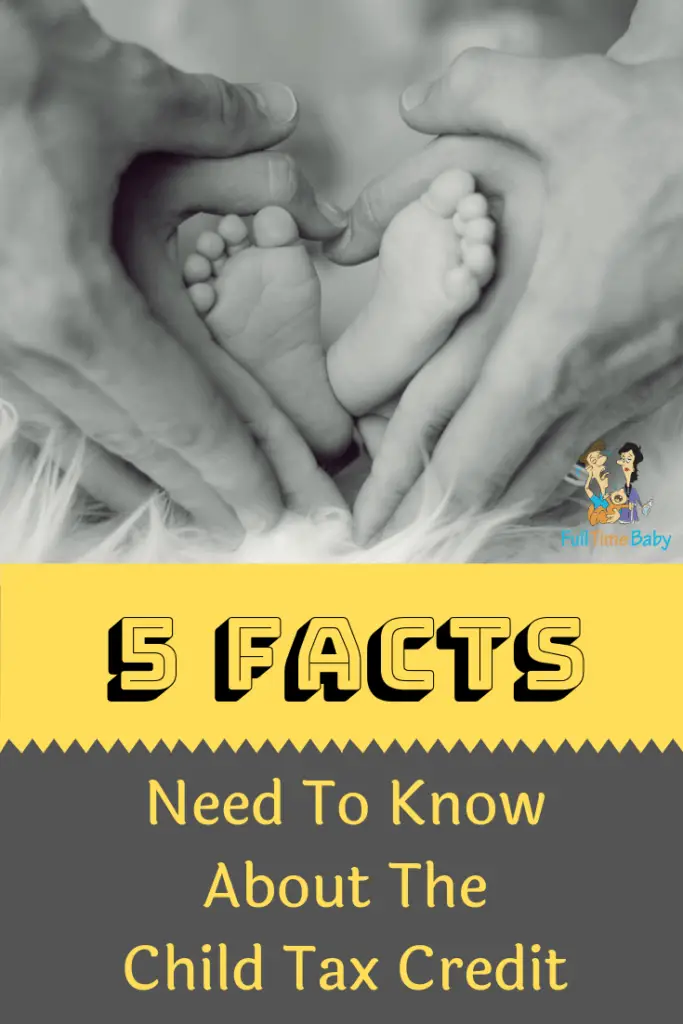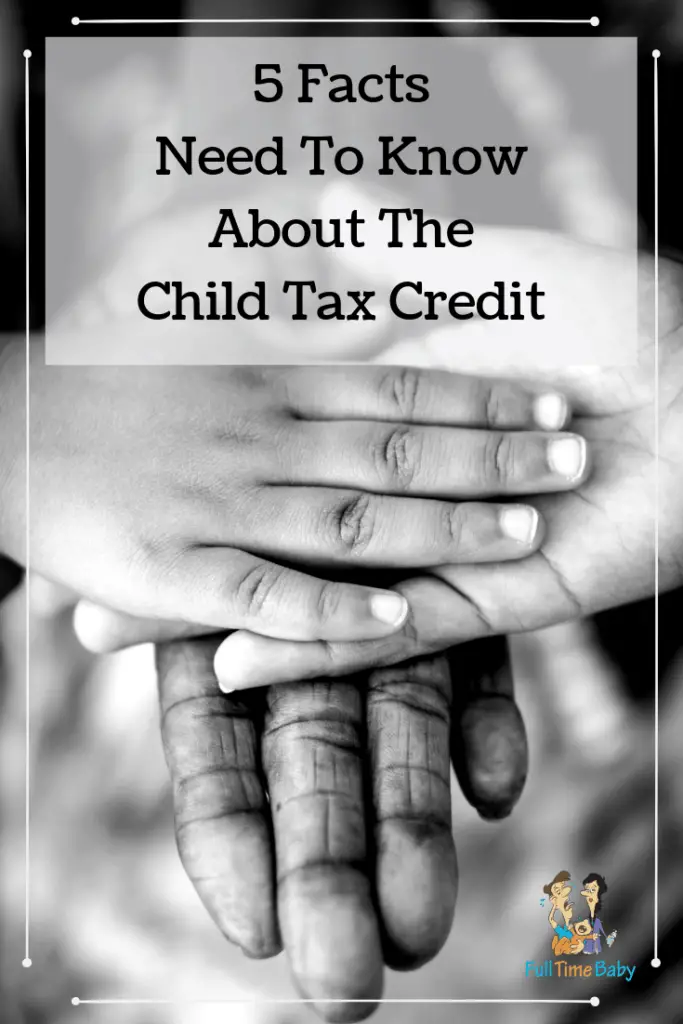Just when you thought you got the hang of filing your taxes, new tax reform waltzed right in. Major tax reform, otherwise known as the Tax Cuts and Jobs Act, was signed into law in 2017. It may have come with significant changes, but it also, in some ways, simplified a few things.
Apart from the update to income tax brackets and marginal tax rates, the tax reform also includes a new child tax credit. Child Tax Credit is defined as credit given to for each qualifying child under the age of 17 at the end of the tax year. It started out as a non-refundable credit of $400 when it was first introduced in 1997. It has gone through a lot of changes in the past 20 years. So what do you need to know about the new Child Tax Credit?
- How Much?
The 2018 Child Tax Credit is worth up to $2,000 per qualified dependent, a significant raise from $1,000 in 2017. $1,400 is refundable. This means that even if the parents owe less than $1,400 dollars in taxes, up to that amount can be received as tax refund if both the child and parents qualify. There is also a $500 non refundable credit for qualifying dependents other than children.
- Qualifications
Your modified adjusted gross income should be under $400,000 for joint filers, and $200,000 for individual filers. Also, you must have provided at least half of the child support for the last year. The child has to be below 17 years by the end of the tax year. And the child should have a valid SSN to qualify.
- Additional Child Tax Credit
The Additional Child Tax Credit was a refundable tax credit designed to help families with at least 3 children or other qualified dependents who did not owe enough taxes to get the full credit they were owed. This was abolished with the 2018 reform since the new law now provides up to $1,400 refundable credit.
- Who Can Claim?
Only one taxpayer can claim the Child Tax Credit. Usually the parent who has primary custody of the child will qualify to claim the credit. In case of joint custody, both parents must come to an agreement about who will claim the child tax credit for the year.
- $500 Credit for Non-qualifying Child Dependents
The Tax Cuts and Jobs Act also provides a non refundable $500 credit for children who are not under the age of 17 provided that: the child lives with you for over half a year; the child is over 16 up to 23; the child is a student; and the child is a US citizen. This tax credit could also apply to other dependents such as grandparents, parents of the tax payer, and other dependent relatives.
All the changes to the new Child Tax Credit will sunset in December 31, 2025. In other words they will expire unless Congress passes another bill to keep them going.
In March 11, 2021, The American Rescue Plan actually expanded the Child Tax Credit for 2021. It increased from $2000 per child in 2020 to $3,600 for each child under 6. For children ages 6 to 16, the tax credit increased from $2,000 to $3,000. In fact, instead of waiting for next year’s tax filing to get the credit, the US Treasury Department is sending the payments to families directly in monthly installments from July to December.
Families get $300 per month for kids under 6 and $250 per month for those from 6 to 17. You should either get the payment through direct deposit or a paper check.
What if I haven’t gotten paid?
If you didn’t get the first payment in July but are eligible, go on the IRS agency’s non-filer tool. This tool is useful for those who don’t file tax returns and was used to get the stimulus payments last year. Families can update their payment information and where they want payments sent.
This extra Child Tax Credit is only for 2021, but Biden has proposed extending it in future bills like the American Families Plan.
Unsure about what tax form to file? This tax form library goes into detail about how/when to use different tax forms in an easily digestible way.


